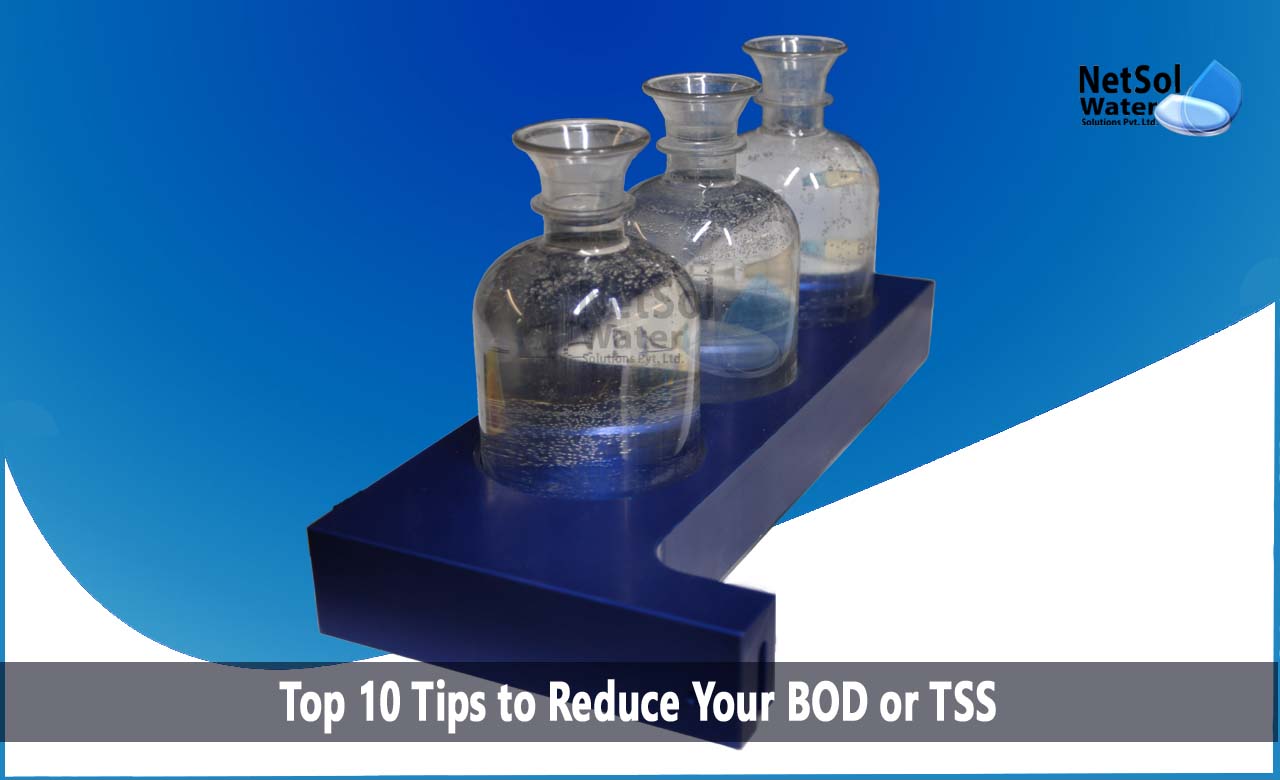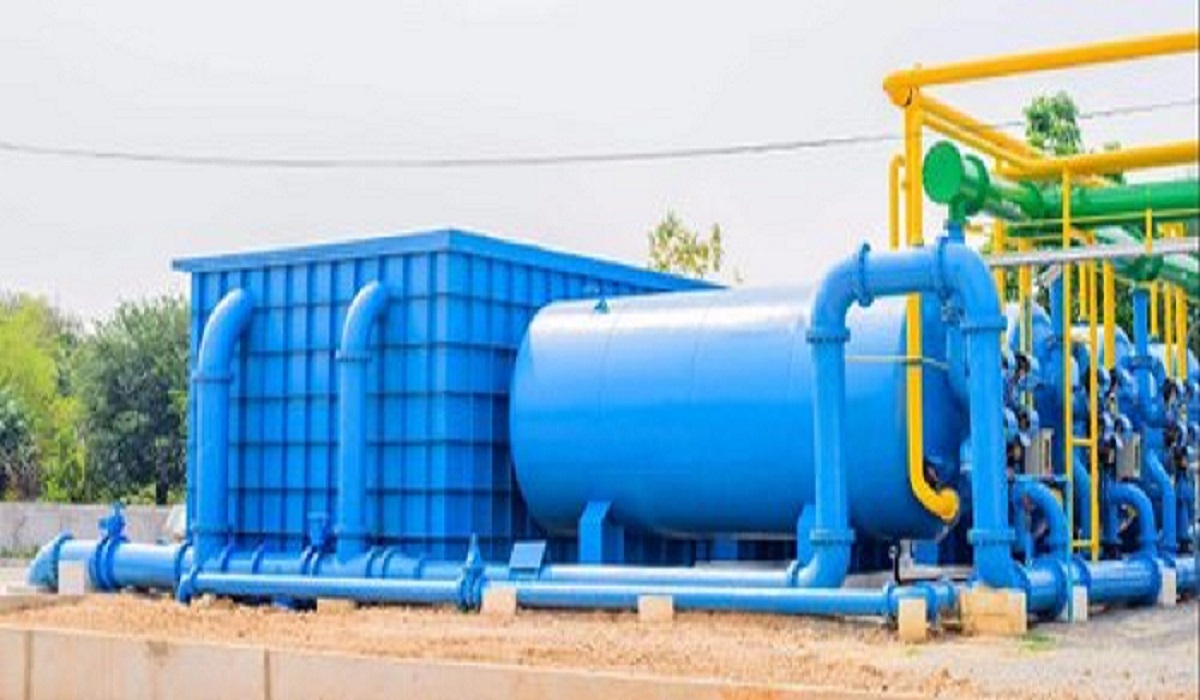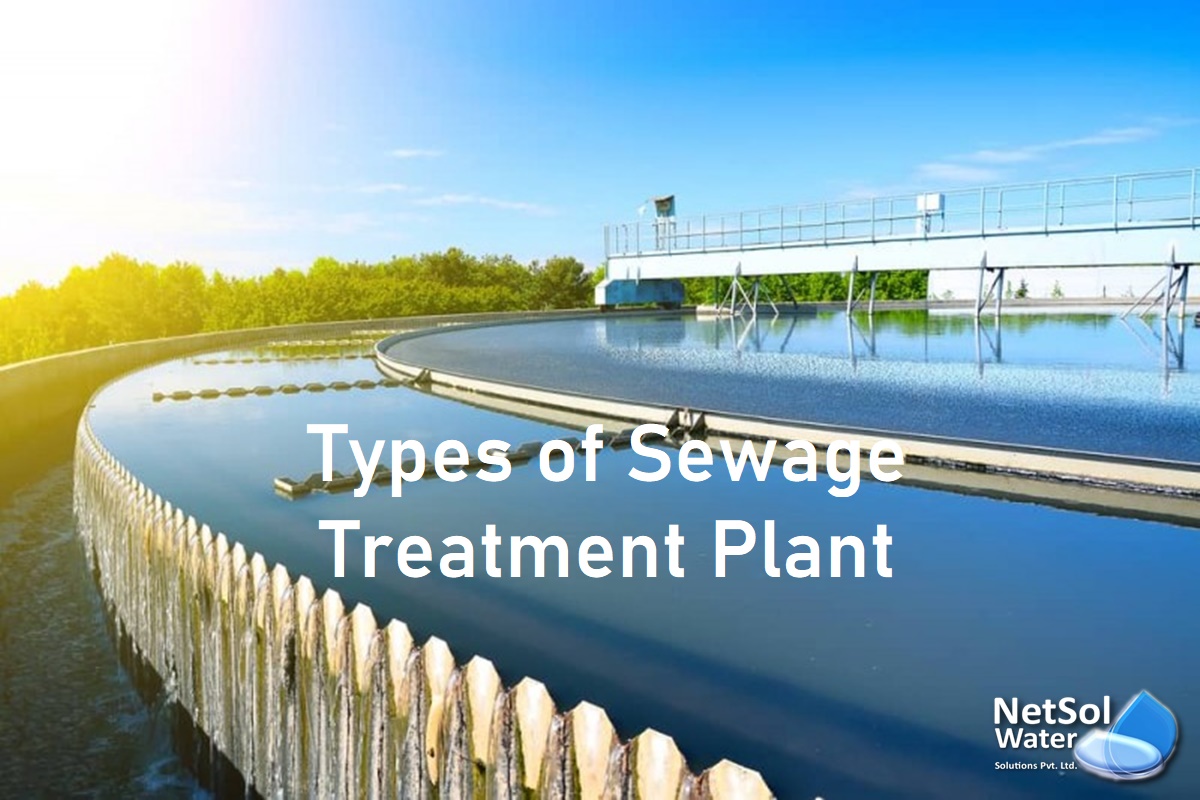Top 10 Tips to Reduce BOD or TSS in Sewage Treatment
Total Suspended Solids (TSS) and Biochemical Oxygen Demand (BOD) are two of the most crucial parameters in wastewater treatment (BOD). You may already be aware of the significance of controlling your TSS and BOD for the following key factors:
- TSS/BOD levels need to meet state environmental protection laws.
- High TSS levels can hurt wildlife badly and make water tasteless or even harmful to human health.
- High TSS levels can harm your wastewater equipment and affect its performance.
- Aquatic life can be harmed or killed by high BOD.
Fortunately, there are some simple ways to maintain control over your BOD and TSS. The greatest techniques for minimizing BOD and TSS that facility managers should be aware of are as follows:
1. Focusing first on reducing TSS from wastewater.
TSS reductions usually always occur with BOD reductions. To remove large solids, start by using mechanical screens like roto-strainers or bar screens. Also, this will prevent blockage or damage to your downstream DAF (dissolved air flotation) equipment.
2. Obtain an EQ tank that is the right size.
Excessive amounts or underfeeding of flocculants and coagulants can result from changes in flow and loading rates. Your flow and loading rates will be more distributed equally with a properly sized EQ tank. Also, this will aid in the right sizing of the polymer make-down feeder, reducing your startup expenses.
3. Optimize the waste stream’s pH.
There is a certain pH range where effective wastewater treatment chemistry works at its maximum effectiveness. The polymer will be wasted or rendered useless if the pH moves up and down to either side of this window.
4. Add a plastic or stainless steel DAF plate pack that is the latest.
Your TSS removal rates will increase with a current plate pack DAF. Also, it will reduce the DAF’s footprint and give you more flow and load sensitivity latitude.
5. Utilize an air dissolution pump with a regenerative turbine.
An aeration pump with a regenerative turbine consumes minimal electricity to dissolve air in the water and create 20–30–micron air bubbles. They are essential for the effective treatment of DAF.
6. Purchase a DAF that self-cleans.
Around every two weeks, takedown and cleaning are needed for modern high-rate DAFs. Also, forgetting to clean it could result in blockage, issues with solids separation, increased chemical input rates and increased TSS. Choose a DAF that is self-draining and self-cleaning to save yourself a lot of work compared to cleaning it yourself. Cleanout valves or pumps are provided by properly built DAF systems to remove resistant, heavy, settled solids.
7. When possible, use liquid chemistry that has been performance-tested.
Liquid chemistry opens up a huge variety of treatment chemistries, removes wetting difficulties and fish eyes (clumps of undissolved polymer particles), and enables complete automation of the process at a reasonable cost. Also, switching products is considerably simpler than waiting or throwing away a palette of dry bag polymer when a drum or tote runs out.
8. Use a system for flow-proportional dosing and make-down.
You should still utilize a flow proportional dosing system to allow for flow cycling even if your EQ tank is the correct size. A flow metre with a 4-20 ma output signal to the chemical feed system is what you want to find. More consistency, better overall treatment removal, and less chemical use will result from this.
9. Find and test the appropriate chemical injection locations.
The coagulant should ideally be transfused initially, as far upstream as possible. In advance of the transfer pump, here is where the wastewater would exit the EQ tank. Fill a pot on the flocculation tube with the polymer. To determine the coagulant dose for pin floc production, a sample tap needs to be put in front of the polymer injection port. Prior to entering the DAF, a sample port downstream of the polymer injection port analyzes the efficiency of your chemicals. Before the effluent exits the DAF, you can then make modifications.
10. Require DAF equipment of the proper size.
The effects of chemical therapy are limited. Poor TSS removal rates and chemical treatment failure will come from a DAF or chemical feed equipment that is too small. The output and flow rates of organizations are constantly rising, so you need to size your equipment with future increases in mind. Many of these problems are the consequence of a breakdown in the operation or maintenance of the DAF equipment, not the chemical program.
Netsol Water is Greater Noida-based leading water & wastewater treatment plant manufacturer. We are the industry’s most demanding company based on client review and work quality. We are known as the best commercial RO plant manufacturers, industrial RO plant manufacturers, sewage treatment plant manufacturers, Water Softener Plant Manufacturers, and effluent treatment plant manufacturers. Apart from this 24×7 customer support is our USP. Call on +91-9650608473, or write us at enquiry@netsolwater.com for any support, inquiry, or product-purchase-related query.




